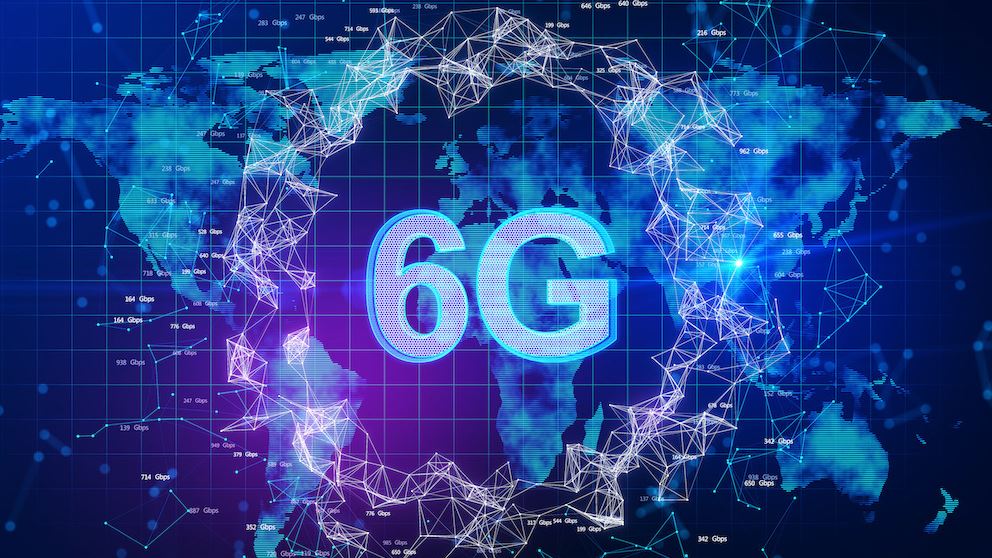The Future of 6G
Building a Hyperconnected World

Every technological leap builds on the foundation of its predecessor. Just as 4G brought mobile broadband to the masses and 5G opened the door to ultra-low latency and massive IoT connectivity, 6G is shaping up to be the next transformative step in global communication. While still in its early stages, the vision for 6G goes far beyond faster downloads. It represents an entirely new framework for connectivity that will enable applications we are only beginning to imagine.
What Is 6G and How Is It Different?
6G refers to the sixth generation of wireless technology, expected to launch commercially by 2030. While 5G offers speeds in the range of gigabits per second, 6G aims to deliver data rates up to 100 times faster, potentially reaching terabit-per-second speeds. This is not just about speed. It is about creating a network capable of supporting real-time, immersive experiences on a global scale.
The latency improvements are equally significant. While 5G brought latency down to about one millisecond, 6G aims for microsecond-level latency. This leap will make previously impossible applications a reality, such as instant remote surgeries, fully autonomous transportation systems, and real-time holographic communication.
Key Technologies Powering 6G
Several advanced technologies will form the backbone of 6G networks. Terahertz frequency bands will provide the bandwidth necessary for enormous data throughput. These frequencies allow for incredible speed but pose challenges in signal range and penetration, requiring innovative solutions for network architecture.
Artificial intelligence will play a central role in managing 6G networks. Intelligent systems will handle everything from traffic optimization to predictive maintenance, creating self-healing networks that adapt dynamically to user demand and environmental conditions.
Edge computing will also become more important than ever. By processing data closer to the source, 6G networks can achieve the ultra-low latency required for time-critical applications. This integration of edge and cloud resources will create a distributed computing ecosystem capable of supporting billions of interconnected devices simultaneously.
Applications That Will Define the 6G Era
The most compelling aspect of 6G is not its technical specifications but the experiences it will enable. Extended reality environments, which combine augmented, virtual, and mixed reality, will become mainstream, offering immersive interactions in education, entertainment, and professional collaboration.
Healthcare will see revolutionary advancements through telepresence and remote surgeries performed with robotic precision. Autonomous vehicles will benefit from near-instantaneous communication, allowing them to coordinate with one another and with smart infrastructure for safer, more efficient transportation systems.
Smart cities will evolve into truly intelligent environments, where data flows seamlessly between homes, businesses, transportation, and energy grids. These networks will not only respond to human needs but anticipate them, creating adaptive systems that improve quality of life while conserving resources.
Challenges on the Road to 6G
Despite its promise, the path to 6G is filled with challenges. Developing the hardware capable of operating at terahertz frequencies will require breakthroughs in materials science and chip design. Building the infrastructure for widespread deployment will involve enormous investment and global cooperation.
Energy efficiency is another concern. With the number of connected devices expected to reach trillions, creating sustainable networks that minimize energy consumption is essential. Regulatory frameworks will also need to evolve to manage spectrum allocation and ensure security in an increasingly interconnected world.
The Vision Ahead
6G is not just an upgrade to existing networks. It is a platform for the future of digital interaction, where physical and virtual realities converge, and connectivity becomes as fundamental as electricity. While the journey will take years and require collaboration across industries and governments, the potential rewards are immense.
At BitPulse, we see 6G as more than a technological advancement. It represents a shift in how humanity connects, communicates, and collaborates. The networks of tomorrow will not simply deliver information. They will create environments where innovation thrives, and possibilities are limited only by imagination.
